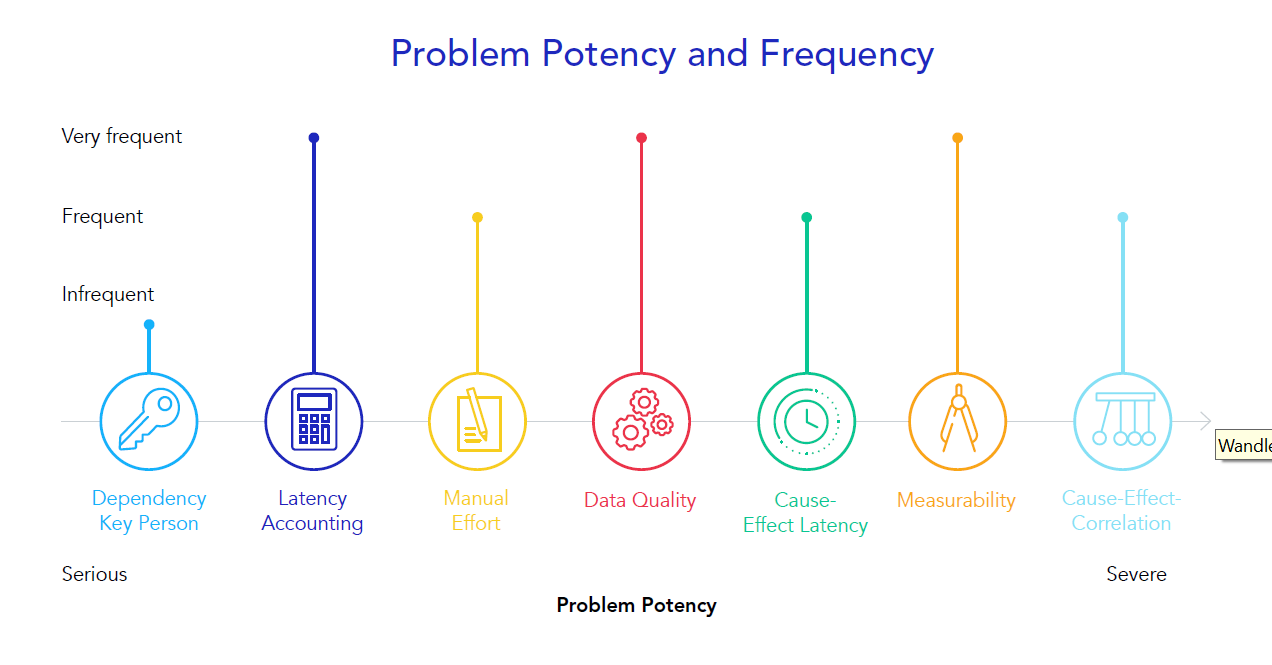Goals are one of the most important prerequisites for successful project management. By measuring project success in a data-driven way, we move away from opinions and feelings and can get closer to achieving the goals. We have collected the following tips for you from practice.
An overview of the most important points:
- Precisely defined goals in the schedule and for financial effects serve as a benchmark for us to measure project success
- Breaking goals down to individual project parts makes it easier for us to localise them
- Measuring success as a degree of achievement helps to take individual project parts into account, especially in complex project structures.
- Visualising the degree of achievement as a traffic light gives us a quick overview of the status.
We explain the individual points in this article.
Successful projects
Success is evaluated subjectively by people. This creates the problem that project results can be a success for one person, while they are considered the exact opposite by another. However, we can avoid this problem if we define objective measures of success that can be measured quantitatively. Provided with quantitative goals, a project is successful if the defined goals have been achieved or exceeded.
Benchmarking as a means of measuring success
The goals of a project can be broken down into a temporal and a financial side. For each project area, a fixed period of time should be defined in which certain activities are to be completed. The schedule defined in this way serves as a benchmark for the work of the project participants. Deviations from the plan can be precisely tracked.
On the other hand, effects should be measured as goals for each project. The effects can be of a financial nature, such as savings or costs, or they can measure other quantitative variables. A frequently used quantitative variable is the key performance indicators (KPIs) of the project. The only important thing is that the goals are quantifiable. As with the timetable, the goals defined here serve as a benchmark and are compared with the actual values that emerge in the course of the project.
20 Reasons Why Projects Fail
While most consultants, project leaders and managers should be familiar with the term effects, it is still unknown in many companies. Familiar or not, even experienced project managers and consultants often find it difficult to plan and measure effects correctly. Common problems are:
- unclear cause-effect relationship
- difficult measurability
- low data quality
- high manual effort

"Effects are easy to plan for when the steps necessary to achieve them require little interpretation. This is often the case, for example, with effort reductions. Often the resulting effects are also easily measurable here and can be brought into a direct relationship with the action of the measure. At first glance, the feasibility of measures is subject to the same logic. However, it additionally depends not only strongly on the will, but above all also on the understanding of measures by all stakeholders." (Nordantech 2019)

Degree of achievement instead of "1 or 0 success".
For all goals, it makes sense to refrain from a simple assessment of achievement in the scheme of one or zero. Rather, the degree of achievement in percent should be considered in order to get a more accurate picture. The limits at which a degree of achievement is successful can then be defined. In practice, an achievement of less than 70% is usually seen as a failure and more than 90% as a success.
Visualising the status with traffic lights
In order to get a quick picture of the project status, a visualisation in the form of a traffic light is useful. The degree of achievement can be translated into the three traffic light colours with thresholds that match the project. Read more in our article Traffic Lights. Our practical experience has shown that traffic lights are particularly suitable for visualising status because everyone understands the logic behind them. That is why we have integrated the traffic light logic for all parts of a project in our PM solution Falcon for you.
Not all traffic lights are green in a good project
The yellow traffic lights are particularly interesting in a project. According to the limits mentioned above, this is the degree of achievement between 70 and 90%. Here one cannot speak of success or failure. In the case of delays in the schedule, which are communicated in good time, it is still possible to react. In addition, yellow traffic lights in the schedule or in the effects show that the goals were ambitious and the team must stretch to achieve them.

